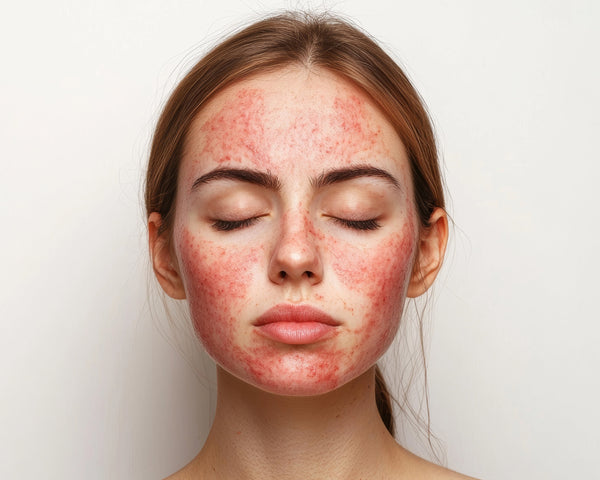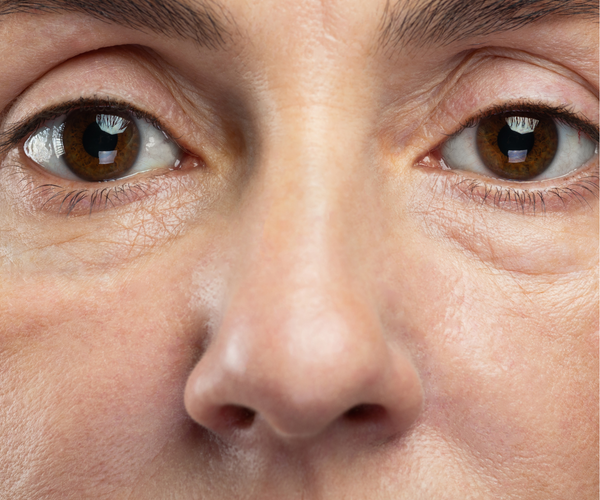Uneven Skin Texture: Causes, Treatments, and Prevention

Uneven Skin Texture: A Comprehensive Guide
Uneven skin texture, characterized by a bumpy or rough surface, is a common concern affecting many individuals. It can manifest in various forms, from large pores to tiny bumps, and can significantly impact one's confidence and overall perception of their skin. Understanding its causes, available treatments, and preventive measures is crucial for achieving a smoother, more even complexion. This guide delves into the world of uneven skin texture, offering solutions to help you regain your glowing skin.
Understanding Uneven Skin Texture
Uneven skin texture often results from a combination of factors, including genetics, aging, and lifestyle choices. Several conditions can contribute to this problem:
- Large Pores: Genetics largely determine pore size. Oily skin types tend to have larger pores that appear more prominent.
- Acne Scars: Past breakouts can leave behind pitted or textured scars, disrupting the skin's surface.
- Dry Skin: Dehydrated skin lacks plumpness, leading to a rough and flaky texture.
- Sun Damage: Prolonged sun exposure accelerates aging, causing wrinkles, fine lines, and uneven pigmentation.
- Keratosis Pilaris (KP): This common skin condition results in small, rough bumps, often on the arms, thighs, and cheeks.
- Skin aging: As we age, collagen and elastin production decreases, contributing to a loss of skin firmness and a less smooth texture.
Determining Your Skin Type
Identifying your skin type—whether oily, dry, combination, or sensitive—is a critical first step in addressing uneven skin texture. Different skin types require tailored skincare approaches. Understanding your skin type allows you to select products and routines that are best suited to your individual needs. Consult a dermatologist for personalized advice if you are unsure about your skin type.
Effective Treatments for Uneven Skin Texture
Numerous treatments can improve uneven skin texture, ranging from at-home remedies to professional procedures. Options include:
- Chemical Exfoliants: AHAs (alpha-hydroxy acids) and BHAs (beta-hydroxy acids) help remove dead skin cells, revealing smoother skin underneath. Popular choices include glycolic acid and salicylic acid. Always start with a low concentration and gradually increase it to avoid irritation.
- Retinoids: These vitamin A derivatives stimulate collagen production, reduce the appearance of wrinkles and fine lines, and improve overall skin texture. Retinoids should be introduced gradually to minimize potential side effects.
- Microdermabrasion: This professional treatment uses a specialized device to gently exfoliate the skin's surface, improving texture and reducing the appearance of scars.
- Microneedling: This procedure involves using tiny needles to create micro-injuries in the skin, stimulating collagen production and improving skin texture. This is best performed by a professional.
- Laser Treatments: Various laser therapies can target different skin concerns, such as acne scars and wrinkles, promoting smoother, more even skin.
- Topical Treatments: Serums and creams containing ingredients like niacinamide, hyaluronic acid, and ceramides can improve hydration, reduce inflammation, and improve skin texture. Look for products formulated for your specific skin type.
Building a Skincare Routine for Healthy Skin
A consistent skincare routine is crucial for maintaining healthy, youthful skin. A typical routine includes:
- Cleansing: Gentle cleansing twice daily removes dirt, oil, and makeup, preventing clogged pores and breakouts.
- Exfoliation: Regular exfoliation (1-3 times per week) helps remove dead skin cells and improve skin texture.
- Treatment: Apply serums or treatments addressing specific skin concerns, such as uneven texture or acne.
- Moisturizing: Hydration is key to plump, healthy skin. Choose a moisturizer suited to your skin type.
- Sunscreen: Daily sunscreen use (SPF 30 or higher) protects against sun damage and prevents premature aging.
Achieving Clear and Glowing Skin
The journey to achieving clear and glowing skin is a marathon, not a sprint. Consistency is key. By understanding your skin type, incorporating effective treatments into your routine, and practicing preventative measures like sun protection, you can significantly improve your skin's texture and overall health. Remember to be patient and persistent—the results will be worth the effort. If you have persistent concerns, consult a dermatologist for personalized guidance.
Maintaining Youthful Skin
Maintaining youthful skin involves a holistic approach. Along with a consistent skincare routine, a healthy diet, regular exercise, and sufficient sleep all play crucial roles in promoting clear, radiant skin. Reducing stress levels can also make a significant difference in your skin's overall appearance and health.




